Experimental Test and Data Acquisition
We offer experimental testing to support our engineering project including model correlation but also as a stand alone service.
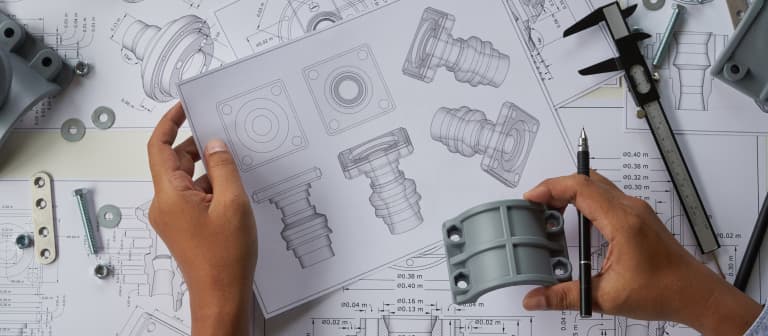
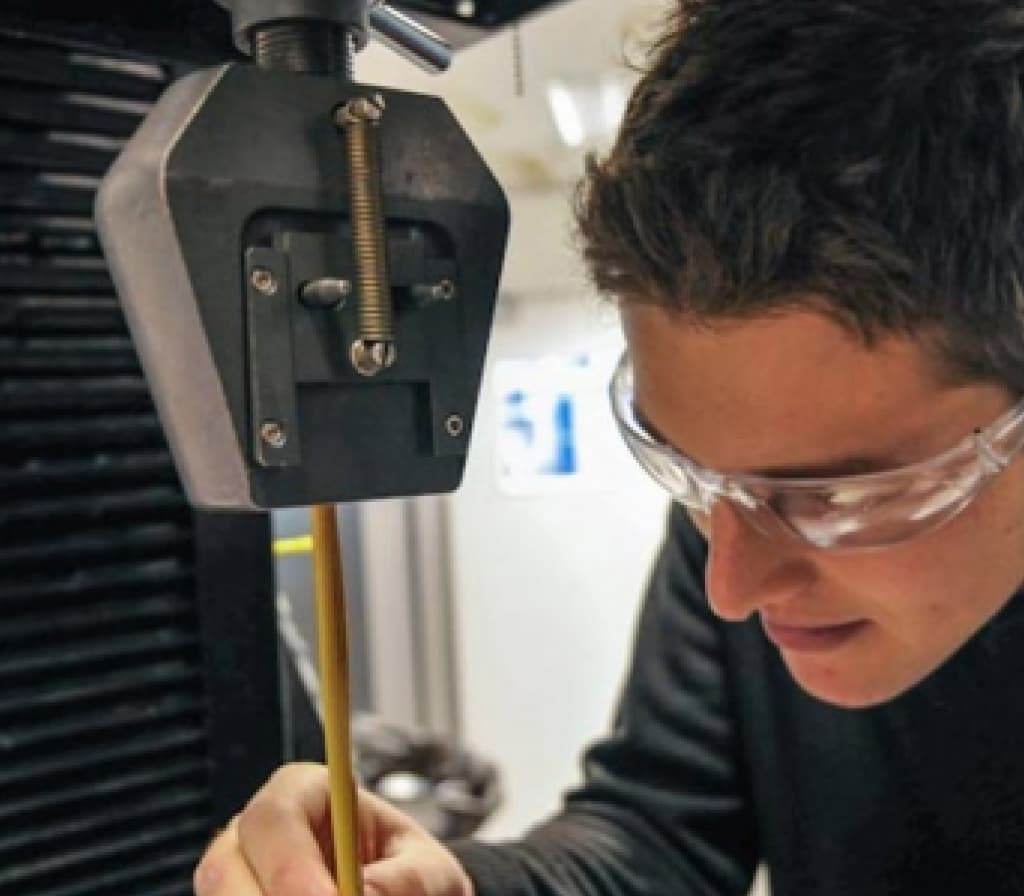

- Home
- CAE Capabilities
- Experimental Test And Data Acquisition
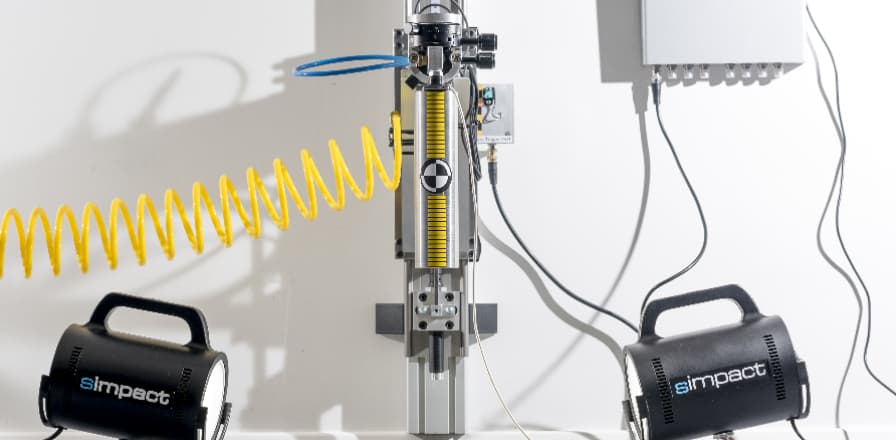
Guided Gravity Drop Test Facility
High Precision Impact Testing - SDR 2200
The gravity field provides the impact energy. A guide system controls impact orientation and impact point.
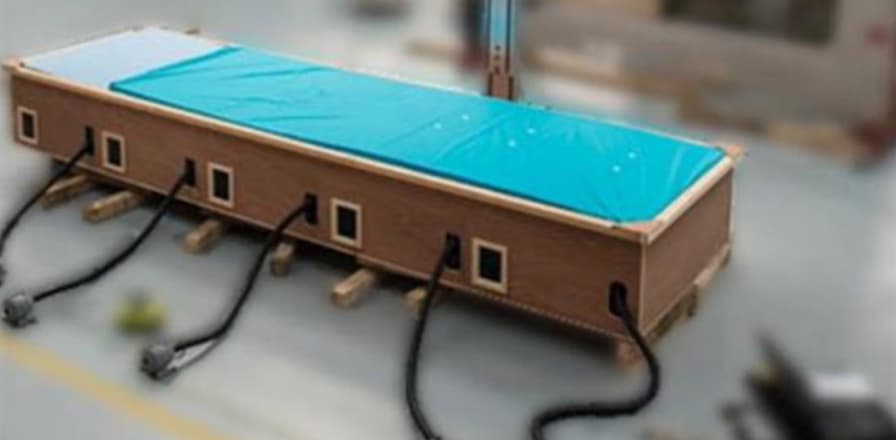
High Energy Drop Testing
High Energy Drop Testing - SFR 6300
Measuring a material or product's response to a severe impact by releasing a heavy weight from a specific height.
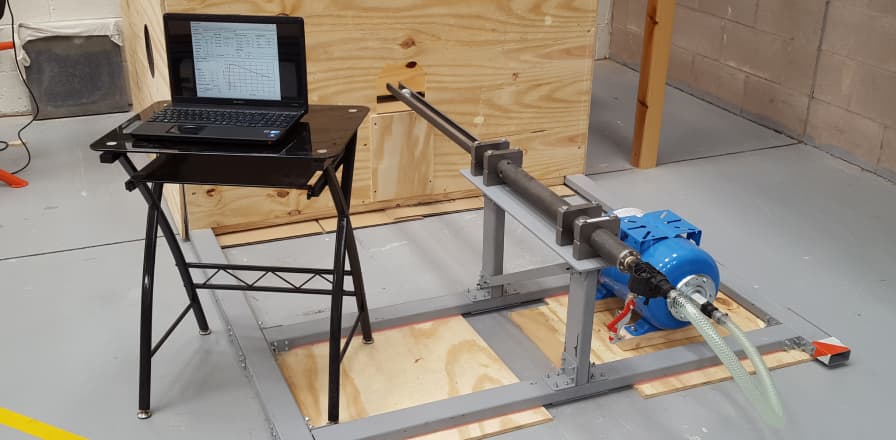
High Speed Impact Testing
High Speed Impact Testing - SPL 6000
The SPL 6000 is a bespoke high-pressure pneumatic launcher specifically designed to provide consistent high speed impact testing.
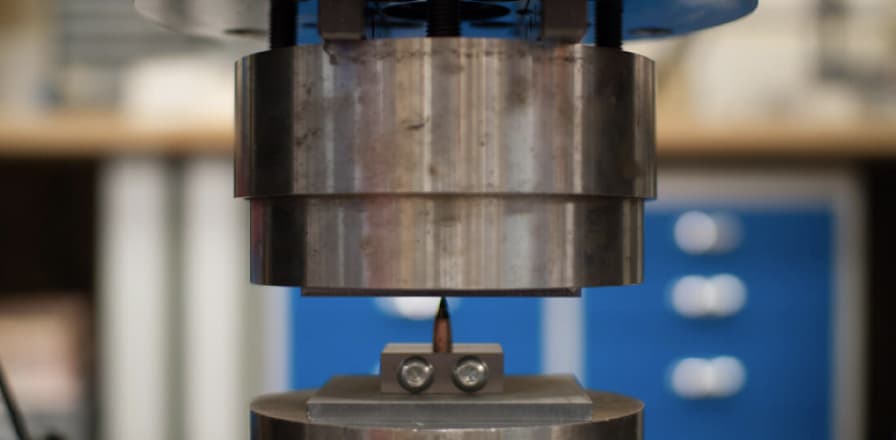
Quasi-Static Testing
Establishing the basic mechanical properties
A common test procedure where a sample to determine the relation between slow elongation and load.

Blast Testing
Correlation and validation of armour systems
A controlled explosion generates a blast wave interacting with the test sample.
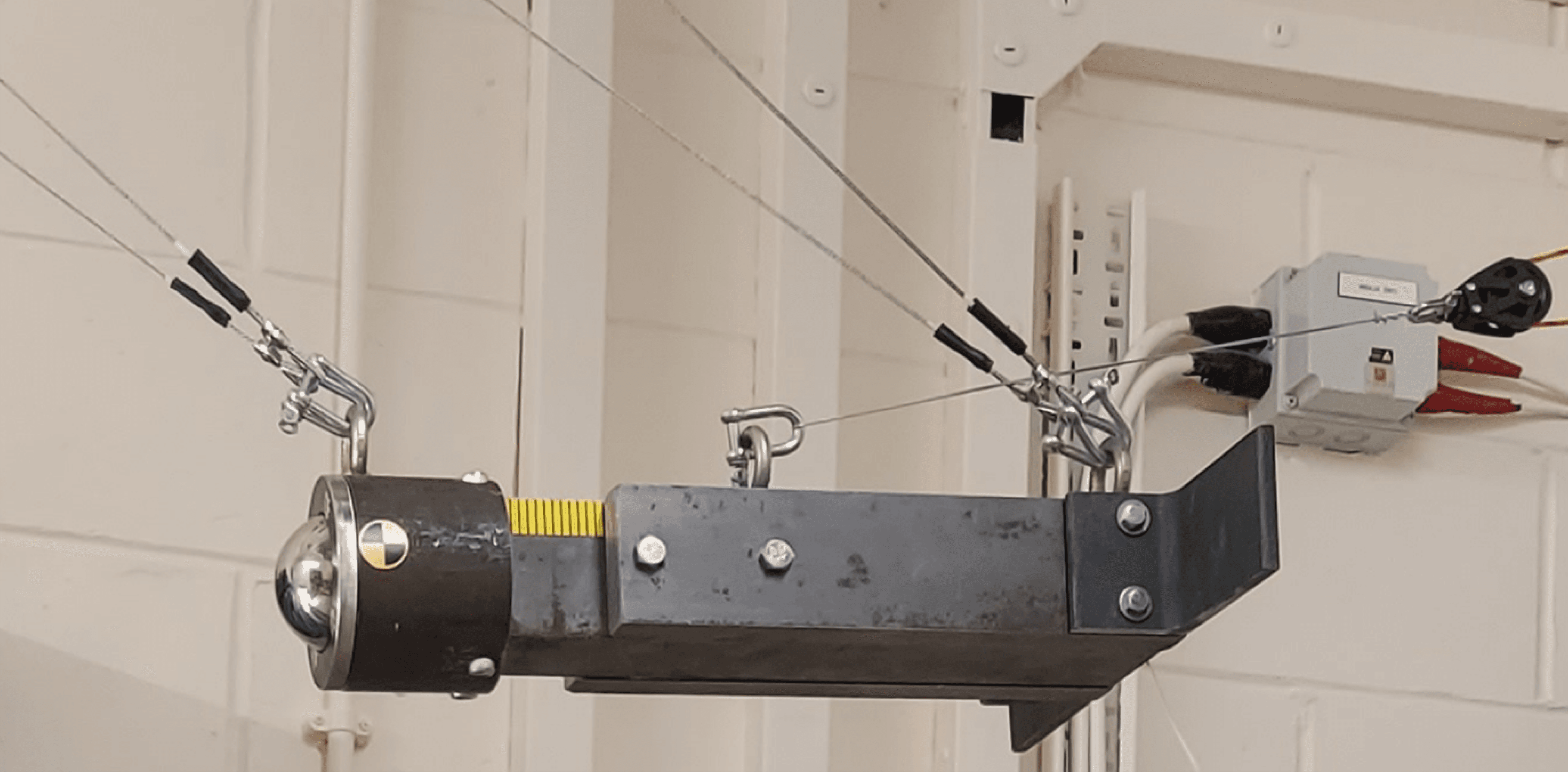
Pendulum Impact Testing
Pendulum Impact Testing – PIT1200
The pendulum impact test rig is rated at 1200 Joule. Its parallelogram linkage suspension provides robust impactor orientation control.
Get in touch
We would love to hear about your project, get in touch and let’s explore how the expert team at Simpact can take it from design target specification through to verification.
